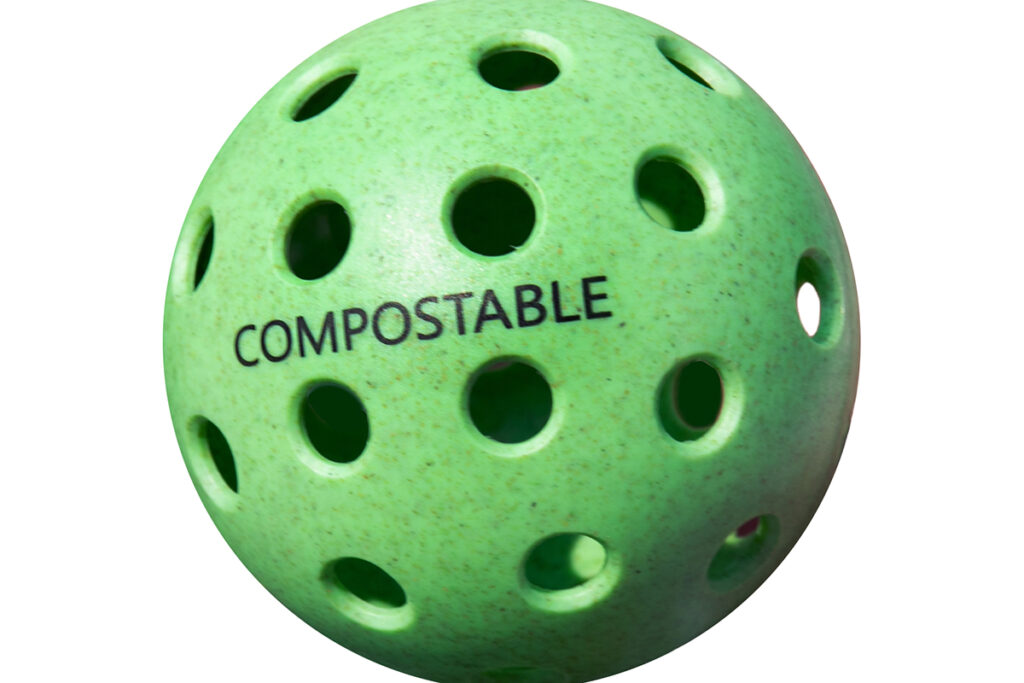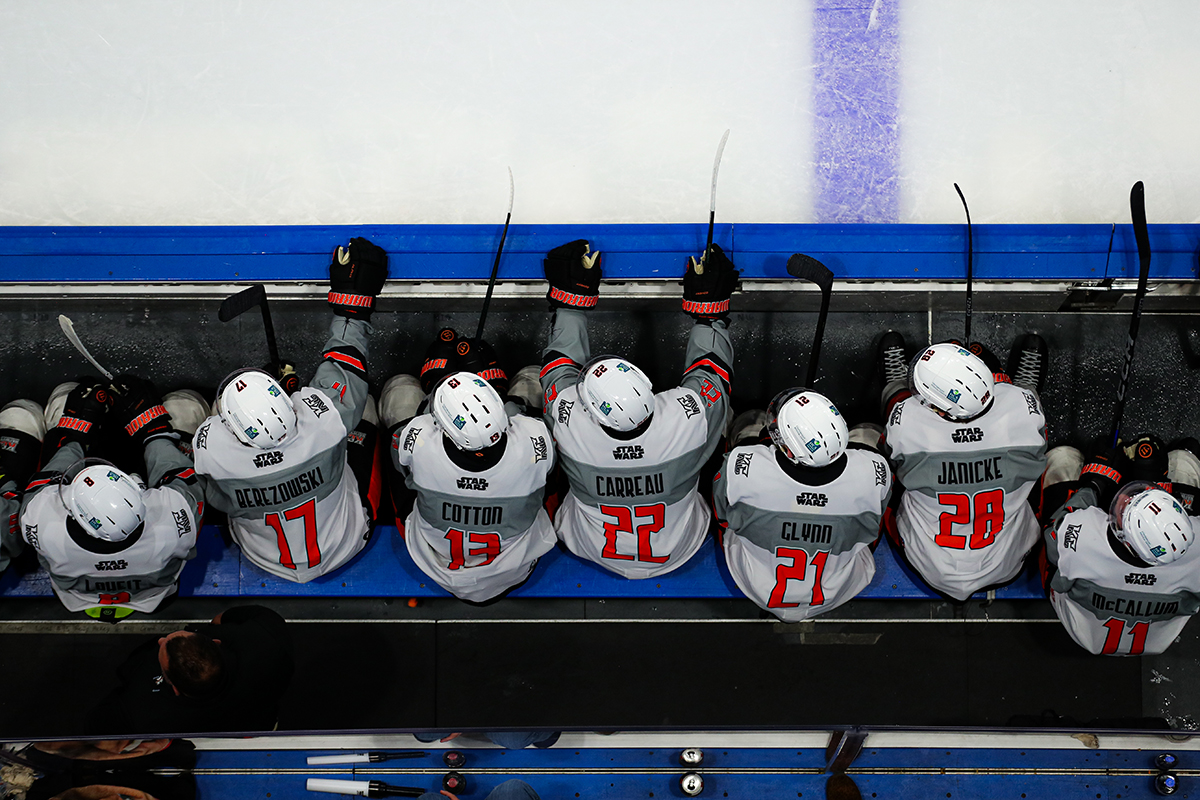It’s no secret that pickleball has taken over. You can’t walk into a public park on a Saturday morning without hearing that familiar “pop.” And just as pickleball’s popularity keeps growing, so does the drive for product innovations that both enhance the game and make it greener.
Did you know that nearly 500 million pickleballs end up in a landfill each year? Angel Morales, a seasoned expert in engineering and plastics, and a pickleball enthusiast, did—and he knew there must be a way to reduce pickleball waste.

Having spent 19 years at local firm C3 (Creative Consumer Concepts) designing and developing kids’ meal toys and restaurant cutlery, Morales combined his expertise in plastic materials with his passion for pickleball and began a new business venture. He started with the obvious first: the paddle.
“When I started playing pickleball, I quickly noticed that many high-quality paddles were made from carbon fiber,” he says. “I bought a few, and with my manufacturing curiosity, I cut them open and discovered they had a plastic polypropylene blend inside.” Morales then embarked on designing his own paddles. He co-founded Pro-Pickle, a manufacturing brand that allows companies to create bespoke paddles by selecting from various carbon fiber surfaces, polypropylene honeycomb cores of different dimensions and thicknesses, handle lengths, and grip materials and colors.
Morales’ background in hospitality-related plastic products also made him acutely aware of the shift toward eco-friendly materials and the demand for more easily degradable products. “I noticed that the balls were made from LDPE, low-density polyethylene, which is really tough to recycle,” he says. The Professional Pickleball Association uses Vulcan-brand balls in professional games, and they must replace the ball after every single game (matches consist of three games), with the spent balls heading straight to the trash.
So Morales took action and began crafting a more eco-friendly pickleball. He admits, however, that the product wasn’t an immediate slam dunk—or, should we say, “smash.”
“We probably went through 900 to 1,000 different recipes trying to create a ball that performed like a standard pickleball,” Morales says. Factors to consider included durability, bounce, hardness, size, weight and even the number of holes. After extensive testing and trial, the final product, Compost-a-Ball, was born.
According to Morales, Compost-a-Ball bounces eight percent higher than a standard pickleball. “We initially saw this as a potential issue,” he says, “but after conducting interviews and surveys, we found it was actually quite acceptable—especially for beginners and recreational players. It even helps players get a better feel for the sport.”
Compost-a-Ball’s material also softens the iconic “pop” sound associated with the sport—it’s about eight to 10 percent quieter than your standard pickleball. And as for sustainability, in a compostable environment—with sufficient oxygen, bacteria and specific elements like those found in a landfill—the ball, which incorporates rice husk and wheat straw materials, will break down within 100 days once those conditions are met.
When it comes to longevity, Compost-a-Ball performs just like a standard pickleball under normal conditions. “Leaving it in your bag or your car won’t make it degrade any faster,” Morales says. In fact, Compost-a-Ball held up better in testing than a high-quality market pickleball: Whereas the market’s best-selling balls could take 600-800 hits without breaking or warping, Compost-a-Ball withstood 1,900 to 2,000 hits before cracking. pro-pickle.com.





